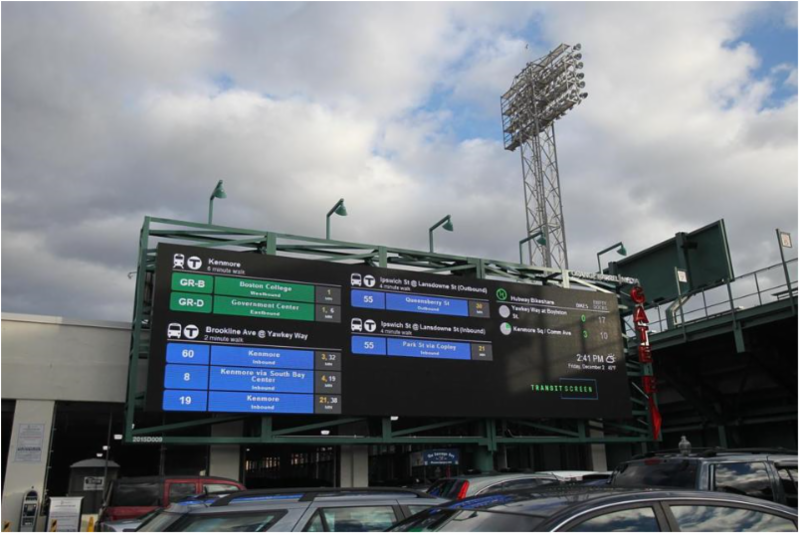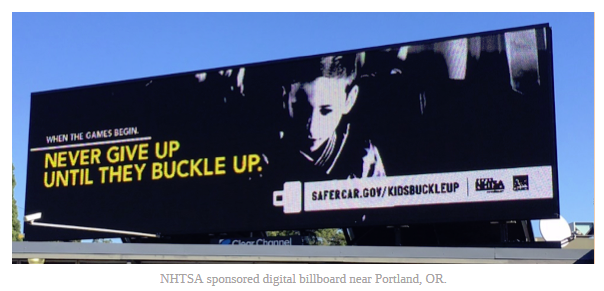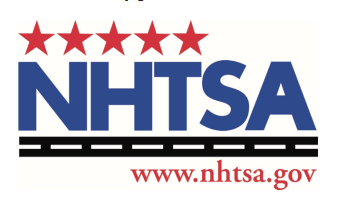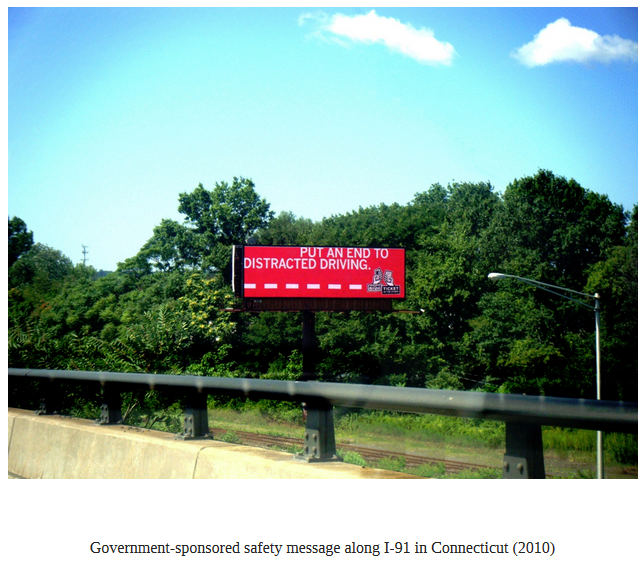Thank you for subscribing to SignValue's weekly newsletter. We hope that you find the articles interesting and informative.
|
|
A Big Billboard Outside Fenway Park to Help You Keep Track of Your Train
Boston Globe
By Adam Vaccaro
December 2, 2016

How long will you have to wait for a Green Line train as you leave Fenway Park? A digital billboard on Lansdowne Street, across the street from storied ballpark, will help you figure that out.
The billboard shows information on Fenway-area subway, commuter rail, and bus departure times, as well as the number of bicycles available at nearby Hubway bike-share stations.
The display comes from TransitScreen, a Washington, D.C.-based startup that uses data from transportation agencies and services in more than 30 US cities to display transit information.
The transit information by Fenway is displayed for about 20 seconds of every minute, sharing the space in a rotation with advertisements.
The company has been active in Boston since 2014, and has about 50 displays in bars, apartment buildings, and public facilities in the area, including Cambridge City Hall. Some of its displays include wait times for Uber rides.
That display, however, is its largest and most noticeable in the city. It's also the company's first outdoor billboard display in the country, according to co-founder Ryan Croft.
"If you go to a baseball game and you're drinking, we want to be able to promote mass transit," Croft said.
TransitScreen's usual customers include real estate developers and businesses who want to include public transit information inside their buildings. Bostonians can also find TransitScreen in a handful of Boston bars, including Boston Beer Garden, J.J. Foley's, and Beantown Pub.
The Fenway billboard strategy represents a new business opportunity for TransitScreen that the company hopes to replicate elsewhere, Croft said.
Advertisers typically pay billboard owners to be showcased. But by Fenway, the billboard's owner - Columbus, Ohio-based Orange Barrel Media - is paying TransitScreen to use its transportation display. Orange Barrel's goal is to increase the number of eyeballs on the board by offering non-advertising content, along with its product ads.
"What we're trying to do is add value through content on the screens, such that people want to look at them," said Pete Scantland, chief executive of Orange Barrel Media. "Think of it like television - if there was no program between commercials, there'd be a lot less viewers."
The company has other near-term plans in Boston, where in early 2017, it expects to launch a service allowing users within 200 feet of any TransitScreen display to access the same information on their smartphones. That system will also allow the visually impaired to receive the information audibly, Croft said.
|
|
|
Digital Signage Future Trends Report Sets the Stage for 2017
Digital Signage Today
By Bradley Cooper
December 15, 2016
The stage is set for a massive battle in 2017 as digital signage companies fight to provide smaller pixel pitches, bigger screens, better resolution, faster refresh rates and much more. As this battle rages, retailers, financial institutions and customers will begin to look at digital signage not just as an isolated deployment, but a complete customer experience solution. These are just a few of the trends on the horizon for 2017, which we explored in the 2017 Digital Signage Future Trends report.
The report compiles a variety of commentaries from experts in the field on what they see as the biggest future trends for 2017. The report also compiles survey data from restaurants, retailers, education, financial institutions, advertising agencies, digital billboard operators and solution providers. The results of the survey reveal that digital signage usage is on the rise, and 61 percent of all respondents listed improved customer experience as the key benefit of digital signage.
Several contributors to the report believe that this trend towards improved customer experience is part of a greater push towards more engaging and customizable signage solutions. Nick Fearnley, CEO of SignStix, believes that customers now expect digital signage to act as a "digital engagement solution."
"What we are now witnessing is the rapid increase in demand from organizations for digital signage solutions to perform as a complete digital engagement platform, going above and beyond the capabilities of SaaS," Fearnley said in his contribution to the Future Trends Report. "This means that, in the near future, we will see digital signage technology evolve to fill the role of a Platform-as-a-Service, rather than SaaS."
Greater customization is a key factor that has been driving digital signage in recent years and will continue to pick up steam.
"Another big change has been the increased targeting of unique messaging to different audiences. Rather than a one-size-fits-all digital signage, companies are looking for an enterprise-wide solution that accommodates multiple users, multiple locations and customized content geared to diverse audiences," Frank Kenna III, CEO and president of the Marlin Company, wrote in his contribution.
This in turn has added a great deal of complexity and diversity to digital signage solutions. Digital signage companies have to do business with companies such as enterprises that expect more diverse content, for example.
"Addressing these needs will create greater product differentiation going forward, to the point where the digital signage industry will have separate products for the same types of customer, differentiated only by scale," Kenna said.
In order to meet these customers' needs, digital signage companies will continue to develop better visual technology.
"It's not quite the Cold War arms race - but it's close," Christopher Hall, managing director of the ICX Association, said in his contribution. "I imagine we're not that far off from the day when the local McDonald's - or maybe the local Apple Store - has an OLED front window that'll allow it to turn the entire glass exterior of the store into any kind of sign or graphic it wants."
|
|
Billboard Insider
By Staff Writer
December 9, 2016
The Federal Highway Administration (FHWA) conducted research on digital billboards; it was released in late 2013. Recently a sister agency within US-DOT - the National Highway Traffic Safety Administration (NHTSA) - explained this important research in clear terms. In this article, Ken Klein, Executive Vice President of OAAA provides background and the latest developments.

What do the Feds say when asked about the Government's research on digital billboards?
Not much.
However, the federal highway safety agency has just provided a clearly worded description of government research that says digital billboards are not distracting.
"The results of this study," said an official from NHTSA headquarters, "are consistent with a wealth of research that has been conducted on vision in natural environments."
The Back Story
FHWA spent years researching digital billboards and driver behavior. Its long-awaiting study, based on eye glances, was released without fanfare the day before New Year's Eve in 2013, with:
- No press conference
- No news release
- Little comment from the agency, which posted its report online
More than a week would pass before news media noticed. The Hill published an article on January 7, 2014: "DOT study finds digital billboards don't distract drivers"
Since then, the FHWA has said little, even when its research was criticized.
A Question from Georgia
In Georgia, an anti-billboard group called Stop Johns Creek Billboards contacted the federal government to express concern about safe-driving messages displayed on digital billboards.
This group's inquiry about digital billboards and safety was sent to the NHTSA. The FHWA, which conducted the research on digital billboards, is NHTSA's sister agency within the US Department of Transportation.
On November 23, 2016 - the day before Thanksgiving - the federal highway safety agency explained the federal research in an email reply to the anti-billboard group in Georgia. The full response appears below.
Highlights include:
- A global engineering firm (Science Applications International Corporation, SAIC) was contracted by government to help research digital billboards
- The federal research was peer-reviewed
- Results showed that the longest glance in the direction of a digital billboard was well within the safety threshold set by government

Email from NHTSA to John's Creek Billboards:
Dear Ms. Murphy:
Thank you for sharing your concerns about the Stop the Texts. Stop the Wrecks. digital billboards in Johns Creek, GA. Your emails to TSM, Susan McMeen, and NHTSA's Region 4 office were forwarded to me for a response.
Please be advised that the US Department of Transportation's Federal Highway Administration (FHWA) contracted the Science Applications International Corporation (SAIC) to study the effects of digital billboards on driver attention and distraction in 2007. This study, which was based on how long drivers took their eyes off the road when in the presence of digital billboards, was conducted to determine if digital billboards posed an unsafe driver distraction. The study was completed in early 2010, and a draft report was subjected to peer review in 2012.
On December 30, 2013, FHWA released its final report that included the following findings:
- The presence of digital billboards does not appear to be related to a decrease in looking toward the road ahead, which is consistent with earlier industry sponsored field research studies done by the Virginia Technical Transportation Institute (VTTI).
- The longest fixation to a digital billboard was 1.34 seconds, and to a standard billboard it was 1.28 seconds, both of which are well below the accepted standard.
The results of this study are consistent with a wealth of research that has been conducted on vision in natural environments. In the driving environment, gaze allocation is principally controlled by the requirements of the task. The present data suggest that the drivers in this study directed the majority of their visual attention to areas of the roadway that were relevant to the task at hand (i.e., the driving task). Furthermore, it is possible, and likely, that in the time that the drivers looked away from the forward roadway, they may have elected to glance at other objects in the surrounding environment (in the absence of billboards) that were not relevant to the driving task. When billboards were present, the drivers in this study sometimes looked at them, but not such that overall attention to the forward roadway decreased.
FHWA has authority over issues relating to outdoor signage. If you have any additional questions or concerns, I would encourage you to contact Melissa Corder at melissa.corder@dot.gov. She can provide you with more detailed information about the FHWA studies.
I hope this information has been helpful to you, and thank you for your interest in highway safety.
Sincerely,
Lori Gabrielle Millen, Marketing Specialist
U.S. Department of Transportation/NHTSA
1200 New Jersey Avenue, S.E. W52-234
Washington, D.C. 20590
202/366-9742 lori.millen@dot.gov

|
|
|
|
|